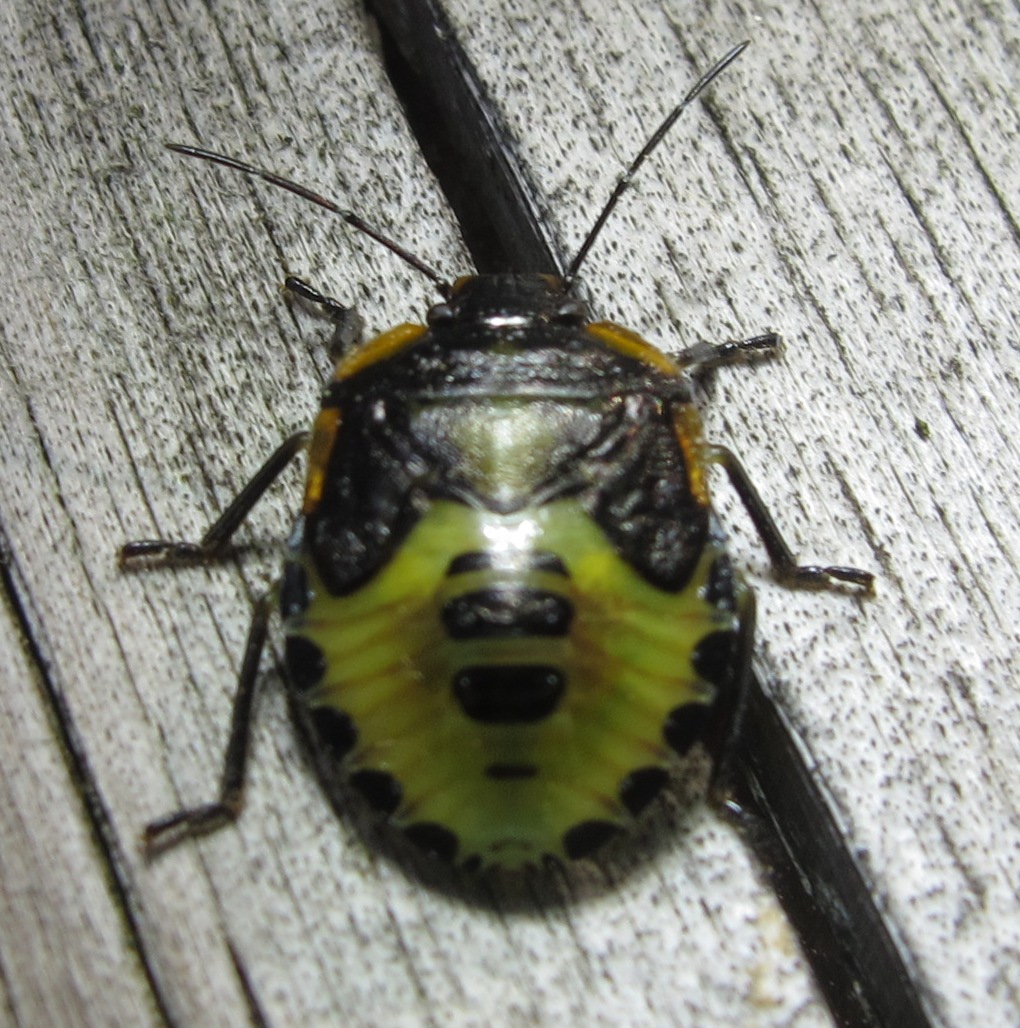Troilus Luridus on:
[Wikipedia]
[Google]
[Amazon]
''Troilus luridus'', also known as the bronze shieldbug, is a species of shield bug found in Europe. It was first described by the Danish
Aphotofauna
 {{Taxonbar, from=Q7845046
Pentatomidae
Hemiptera of Europe
Insects described in 1775
Taxa named by Johan Christian Fabricius
{{Taxonbar, from=Q7845046
Pentatomidae
Hemiptera of Europe
Insects described in 1775
Taxa named by Johan Christian Fabricius
zoologist
Zoology ()The pronunciation of zoology as is usually regarded as nonstandard, though it is not uncommon. is the branch of biology that studies the Animal, animal kingdom, including the anatomy, structure, embryology, evolution, Biological clas ...
Johan Christian Fabricius
Johan Christian Fabricius (7 January 1745 – 3 March 1808) was a Danish zoologist, specialising in "Insecta", which at that time included all arthropods: insects, arachnids, crustaceans and others. He was a student of Carl Linnaeus, and is cons ...
in 1775. Shieldbugs are generally phytophagous (i.e., feeding on plant sap) and some, including ''Troilus luridus'', are also carnivorous
A carnivore , or meat-eater (Latin, ''caro'', genitive ''carnis'', meaning meat or "flesh" and ''vorare'' meaning "to devour"), is an animal or plant whose food and energy requirements derive from animal tissues (mainly muscle, fat and other sof ...
and will eat the larvae of beetle
Beetles are insects that form the order Coleoptera (), in the superorder Endopterygota. Their front pair of wings are hardened into wing-cases, elytra, distinguishing them from most other insects. The Coleoptera, with about 400,000 describ ...
s, lepidoptera
Lepidoptera ( ) is an order (biology), order of insects that includes butterfly, butterflies and moths (both are called lepidopterans). About 180,000 species of the Lepidoptera are described, in 126 Family (biology), families and 46 Taxonomic r ...
and sawflies.
Description
''Troilus luridus'' is a large predatory bronze-brown shieldbug in the family Pentatomidae. It measures about 10 to 12 mm in length and has a distinctive, orange band on the penultimate antennal segment. The legs are brown and the scutellum lacks an orange tip. Live prey is essential to development and adults walk slowly about in search of their prey; usually larvae, but sometimes the adults of beetles, butterflies and moths. They hold the prey at the tip of its rostrum using their mandibular and maxillary stylets which spread out within the prey cutting away at tissues. The bugs overwinter as adults and, depending on temperature, emerge in April. Eggs are laid in May and June and are laid in batches, initially around 21, with the number reducing with each batch, until they are only laid in ones and twos. At temperatures of 19 to 20° Celsius develop in 10 to 12 days. Firstinstar
An instar (, from the Latin '' īnstar'', "form", "likeness") is a developmental stage of arthropods, such as insects, between each moult (''ecdysis''), until sexual maturity is reached. Arthropods must shed the exoskeleton in order to grow or ass ...
larvae are phytophagous and gregarious
Sociality is the degree to which individuals in an animal population tend to associate in social groups (gregariousness) and form cooperative societies.
Sociality is a survival response to evolutionary pressures. For example, when a mother wasp ...
, and there are five instars. New adults can be found from July onwards, depending on temperature, humidity and available prey.
Distribution
The bronze shieldbug is found in most of Europe and is one of four carnivorous species found in Great Britain. Although never seen in great numbers, it is probably very common as it inhabits trees and those seen in the lower branches are a small fraction of the population.References
External links
Aphotofauna
 {{Taxonbar, from=Q7845046
Pentatomidae
Hemiptera of Europe
Insects described in 1775
Taxa named by Johan Christian Fabricius
{{Taxonbar, from=Q7845046
Pentatomidae
Hemiptera of Europe
Insects described in 1775
Taxa named by Johan Christian Fabricius